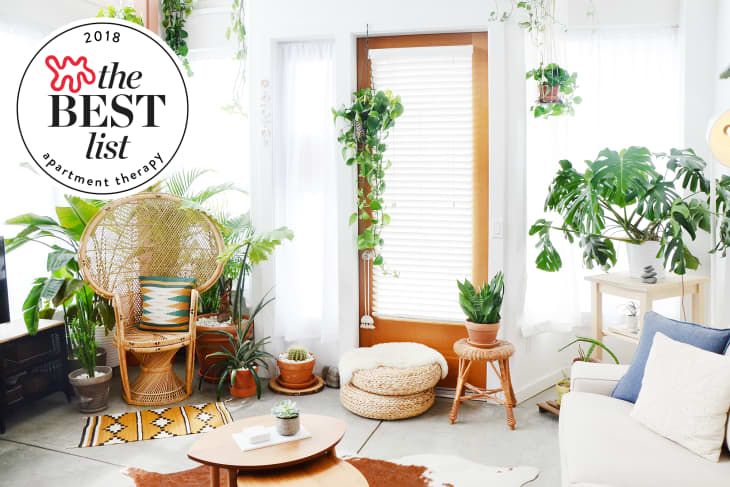The Very Best Indoor Houseplants You Can Buy Based on Your Plant Expertise

If you’re new to indoor gardening, the worst thing you can do is start with a plant that’s tricky to care for. It’s easy to get discouraged and throw in the trowel (see what I did there?) when your shiny new plant starts turning yellow and dropping leaves all over the place.
Fortunately, that’s unlikely to happen when you pick a nice friendly spider plant or easy-going pothos to start off with, even if you don’t think your thumb has an ounce of green in it. But when you visit the nursery, plants aren’t marked by the level of expertise needed to grow them successfully. That’s where this handy guide to the most popular indoor plants comes into play.
We’ve listed some of the most popular houseplants we know of in order of difficulty of care. Work your way down the list as your plant care experience grows, and you’ll have a lush, green indoor oasis in no time! See also our list of the easiest houseplants to grow.